A residential or commercial roofing system’s expected lifespan varies widely depending on many factors, including material, local climate, installation and maintenance. For instance, asphalt shingles — the most preferred roofing option for homes — usually last for around 25 years. With proper care and the help of an experienced contractor, you can make this part of your house last longer.
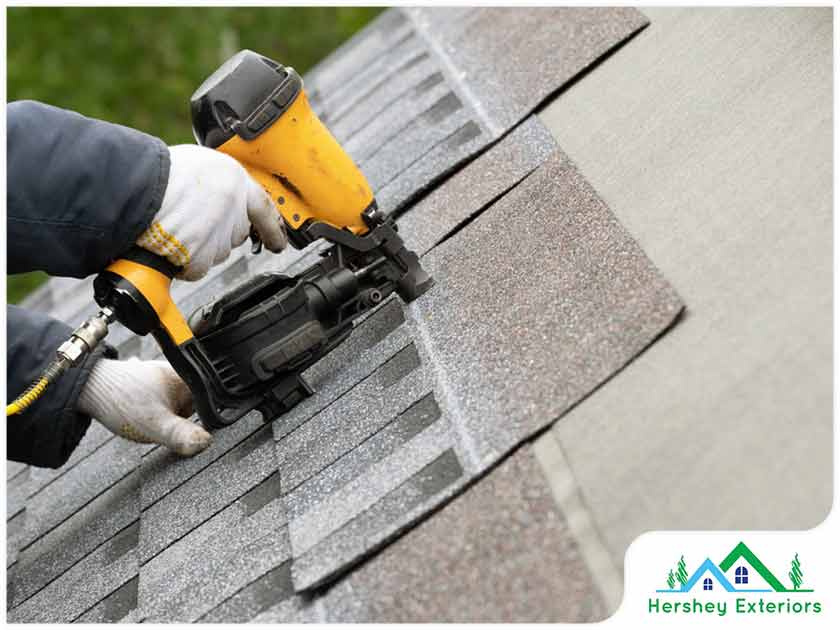
Here are different ways to extend the life of your roofing system.
Factors Affecting the Lifespan of a Roof
Material
The quality of the material you will choose plays a significant role in the overall longevity of your roof. It’s why it pays to invest in top-grade products from leading manufacturers. Two of the most popular residential roofing options in the U.S. are asphalt shingles and metal. An asphalt shingle roof can last between 15 to 25 years while a metal roofing system can last for 50 years or more.
Slope
The steepness or pitch of your roof can affect how long it lasts. A flat residential or commercial roofing system tends to deteriorate faster because of reduced water flow. Professionals know that it isn’t easy to alter the structure of your property. What they can do is recommend a strong material to save your roof from water damage and early deterioration.
Installation
Choosing a roofing material is just as important as selecting the contractor to install it. Workmanship errors are among the most common reasons for early roof failure. It’s why it pays to invest in a reputable company for your project.
Climate
Roofing experts will agree that your local climate and weather conditions can affect the lifespan of home exterior materials. For instance, roofs in warmer climates tend to break down faster due to constant ultraviolet (UV) ray exposure. As a result, you might need to get a roof replacement earlier than expected.
Modern roofing options are significantly more durable and weather-resistant, but they can only take so much. When strong enough, outdoor elements can compromise the structure of your roof. Before purchasing a material, make sure to consider your local conditions.
Ventilation and Insulation
The lack of airflow can cause an accumulation of warm, humid air in your attic. When this happens, the risk of ice dams, rot, mold growth and other moisture-related problems will increase. The lack of ventilation can also contribute to increased energy costs. Moreover, when your attic gets too hot, roofing shingles can wear out faster, resulting in a shorter roof lifespan.
Maintenance
Like other exterior components, your roof requires regular maintenance for its performance and longevity. Experts strongly recommend getting a professional inspection at least once a year and after an extreme weather event hits your area. If your contractor finds damage after assessing the roof, address it immediately.
How Can You Extend the Life of Your Roof?
Work With a Reliable Professional
The first step you need to take to ensure a long roof lifespan is to hire an experienced contractor. Obtaining multiple quotes from different companies will help you find the right one for your needs. As much as possible, choose a local contractor for your project. Also, roofing jobs aren’t something you want to attempt doing yourself. Mistakes during repairs and installation can result in costly repairs in the future.
Consider contractors with proper documentation and experience in the type of roof you have. When comparing quotes, price isn’t the only factor you should consider. Be sure to check the quality of the products they are offering as well. Do your research, check credentials, ask for references, and read customer feedback before hiring a company.
Avoid Delaying Repairs
Addressing damage immediately or getting storm damage repair done if necessary can help extend the life of your roof. Curing, cracked and missing shingles must be dealt with before they cause serious issues to the rest of your home. Ignoring leaks and other forms of damage will only cause the problem to worsen. Once water enters your home, you can end up dealing with issues like mold growth, electrical system issues and rotten wooden components.
Keep Your Roof Debris-Free
Dried leaves, branches and other debris can hold moisture that can potentially damage your roof. Rocks and twigs can also poke holes in your roof, resulting in leaks. After a storm, make sure to have debris from your roof removed.
Clean Your Gutters Regularly
Over time debris from trees surrounding your home can accumulate in your gutters. The buildup of leaves, twigs and other materials can clog your gutters and make them ineffective at draining rainwater. When this happens, water will back up to the roof and overflow into your siding. Besides damaging your roof and home exterior, it can also cause basement flooding, landscaping erosion and foundation issues. Save yourself from these problems with regular gutter cleaning.
Trim Trees Surrounding Your Home
Tress will bring more beauty, life and color to your landscaping, but they require proper maintenance. One way to minimize debris on your gutters and roof is to keep nearby trees trimmed. Branches shouldn’t be touching your roof or weighing it down.
Maintain Good Attic Ventilation
Enjoy savings on your energy costs and prolong the longevity of your roof with proper attic ventilation. There must be soffit vents close to the lower area of your attic and roof vents in its higher part. These vents will encourage good air circulation, helping keep the space in moderate temperatures.
Schedule Routine Inspections
With proper care, your roof can exceed its expected lifespan. Regular inspections can help catch early signs of roofing issues before they cause water damage. You should also schedule a professional roof assessment following an extreme weather event.
At Hershey Exteriors, Inc, we’re here to provide solutions that will help delay the need for a roof replacement. Our skilled team specializes in different roofing materials, including metal, asphalt shingle and cedar. You can also count on us for your storm damage repair needs. Call us at (302) 569-9039, or fill out our contact form to request a free estimate.
Tags
Subscribe to Hershey Exteriors's Blog


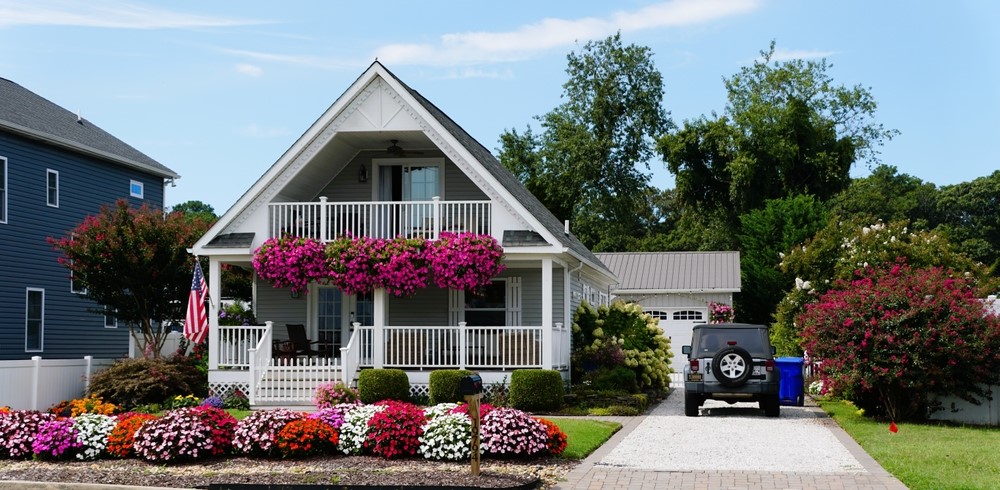
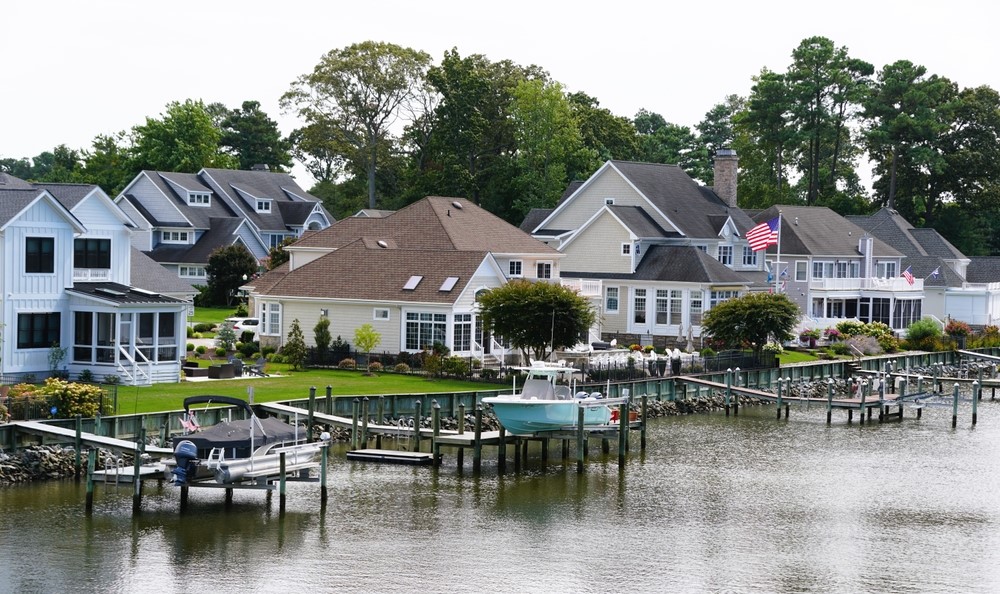

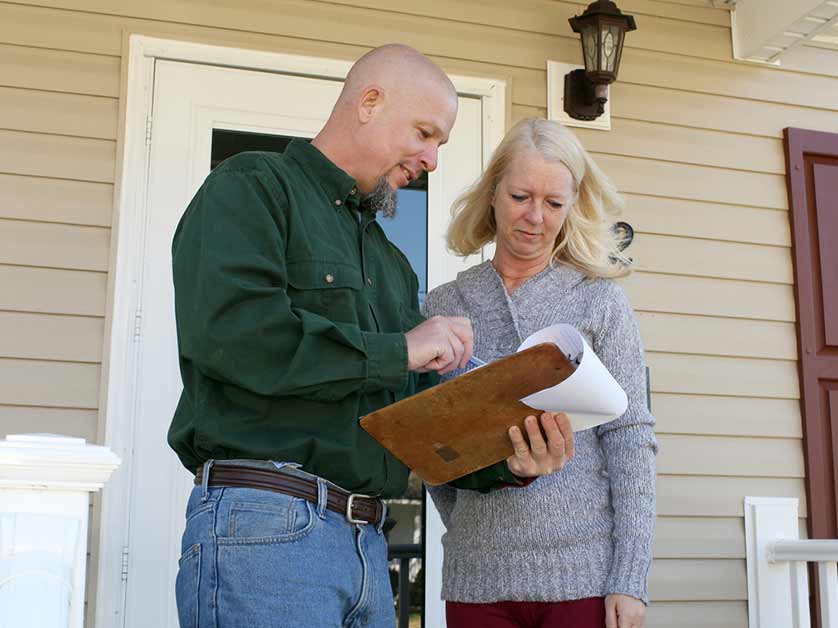
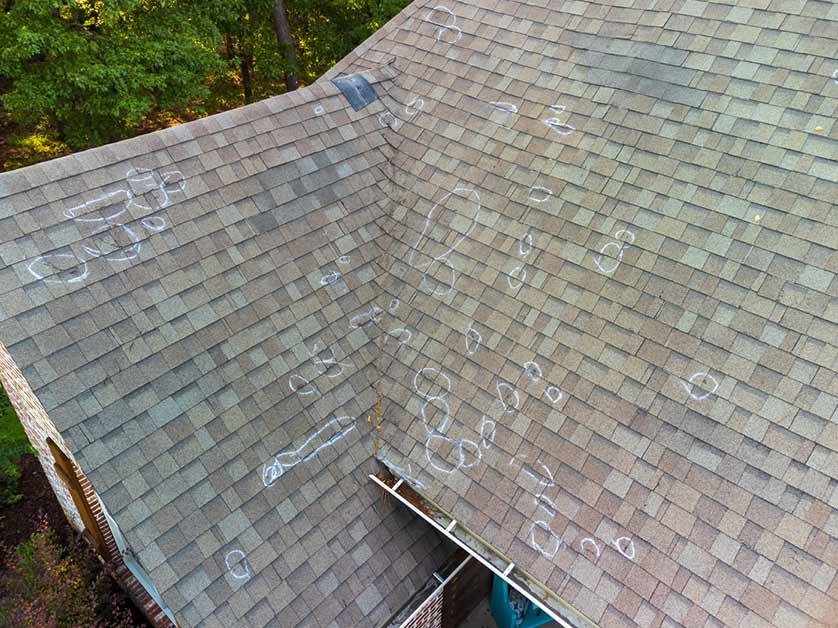

Comments